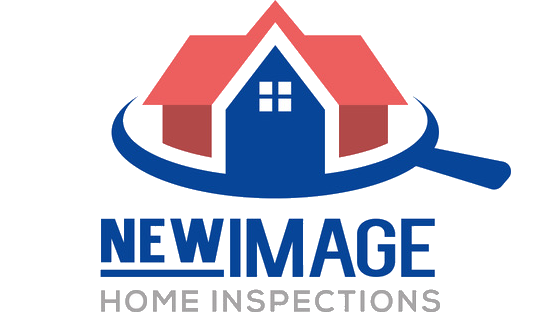Welcoming a new member into your family is an exciting and joyous occasion. However, it also comes with the responsibility of ensuring a safe and secure environment for your little one. Babyproofing your home is a crucial step in this journey, helping to prevent accidents and create a space where your baby can explore and thrive safely. In this guide, we’ll take you through the essential steps to babyproof your home effectively.
1. Assess Your Home
Begin by conducting a thorough assessment of your living space. Get down to your baby’s level and identify potential hazards. Look for sharp edges, accessible electrical outlets, choking hazards, and any items that could be pulled down or grabbed. Take note of rooms your baby will frequent, such as the nursery, living room, kitchen, and bathroom.
2. Secure Furniture and Appliances
Babies are natural explorers, often using furniture for support as they learn to stand and walk. To prevent accidents, anchor heavy furniture to the wall, such as bookshelves, dressers, and entertainment centers. Use anti-tip straps or brackets to secure them in place. Ensure that TVs, microwaves, and other appliances are also properly secured.
3. Babyproofing Your Home Electrical Outlets
Covering electrical outlets is a fundamental step in babyproofing. Outlet covers or plug inserts can be easily installed to prevent curious fingers from making contact with electrical sockets. Be sure to cover all accessible outlets throughout your home, especially in the rooms your baby spends the most time in.
4. Eliminate Choking Hazards
Babies often explore the world by putting objects in their mouths. Remove small items, such as coins, buttons, and small toys, from reach. Keep an eye out for items that could break into small pieces, and choose age-appropriate toys to minimize the risk of choking.
5. Babyproofing Your Home: Install Safety Gates
Safety gates are essential for controlling your baby’s access to certain areas of your home. Use gates to block off stairs and restrict entry to rooms that haven’t been fully babyproofed. Choose gates that are sturdy and easy to install, ensuring they meet safety standards.
6. Soften Sharp Edges
Babies are prone to bumps and falls as they learn to navigate their surroundings. Soften sharp edges on furniture, countertops, and other surfaces with corner guards or edge bumpers. This simple step can prevent injuries and make your home more baby-friendly.
7. Lock Away Hazardous Substances When Babyproofing Your Home
Store cleaning supplies, medications, and other potentially harmful substances out of your baby’s reach, preferably in locked cabinets. Consider installing safety latches on cabinets and drawers to prevent little hands from accessing dangerous items.
8. Secure Windows and Blinds
Ensure window cords are out of reach, as they pose a strangulation risk. Install window guards to prevent falls, especially in a multi-story home. Check blinds for loose or dangling cords and replace them with cordless options.
Babyproofing your home is an ongoing process that evolves as your baby grows and becomes more mobile. Regularly reassess your living space and make adjustments accordingly. By taking these proactive measures, you’ll create a safe haven for your little one to explore, learn, and play without unnecessary risks. Remember, every home is unique, so tailor your babyproofing efforts to the specific needs of your living space and your child’s developmental stage.
New Image Home Inspections provides home inspection services to homebuyers and sellers in upstate South Carolina. Contact us to schedule an appointment.

